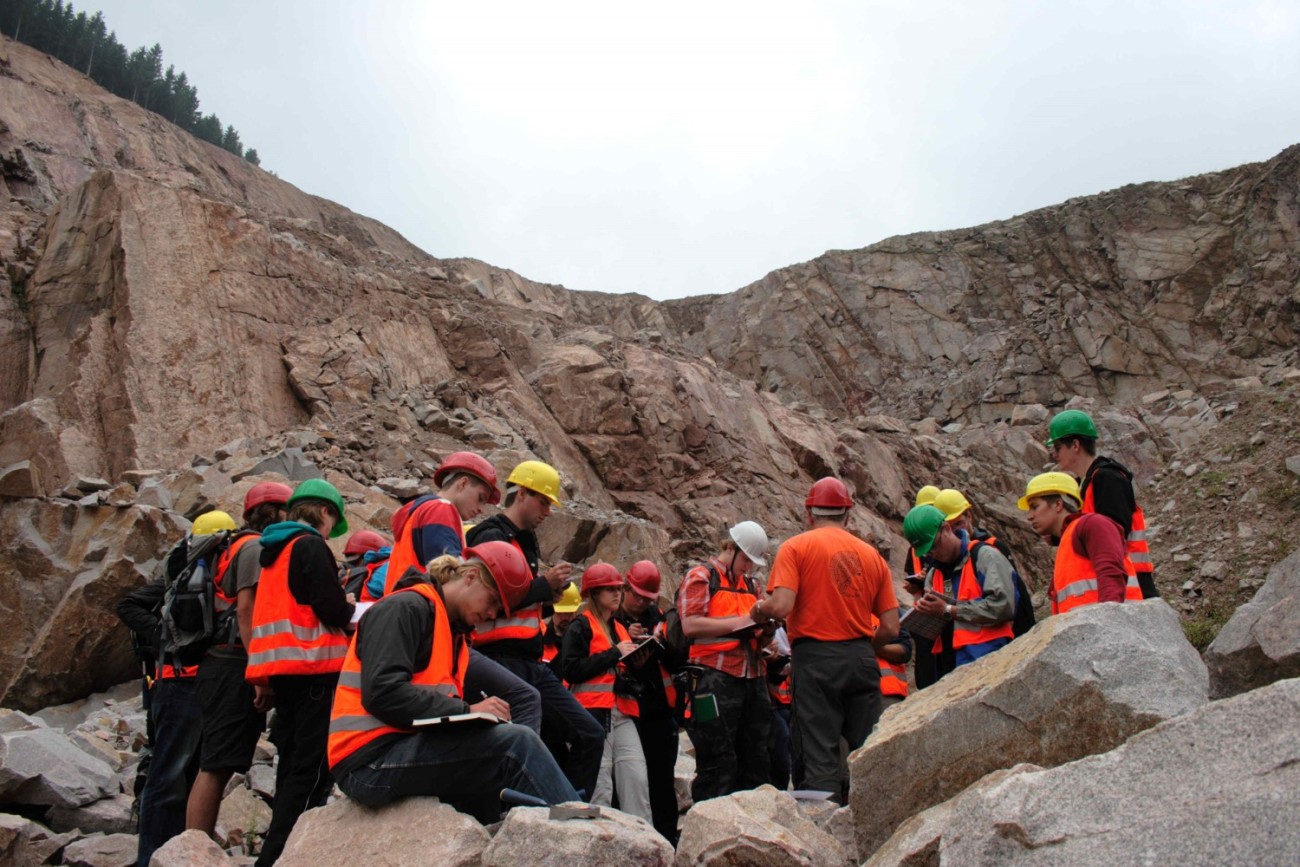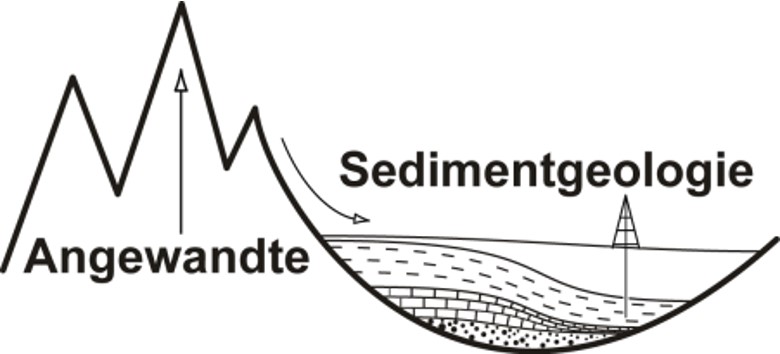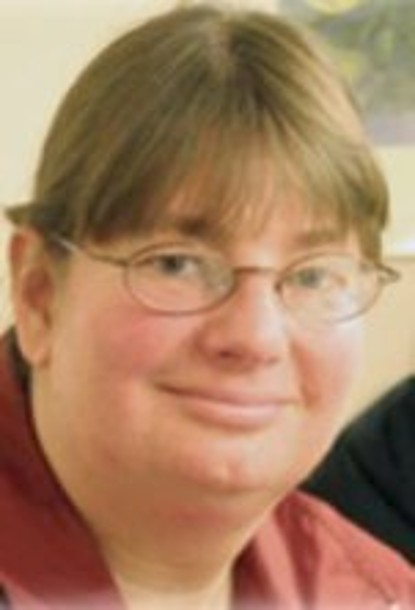News from thedepartment of Applied Sedimentary Geology
Field campaign Saudi Arabia November – December 2022
During a five-week field campaign of the Department of Applied Sedimentary Geology more than 1200 samples were taken for the geochemical and mineralogical analyses in the Layla Lakes area. The sampling could only be carried out on the steep outcrop walls with the help of professional climbing equipment (see photo). The laminated sediments were examined with various measuring instruments (e.g. magnetic susceptibility, gamma-ray measurements). From particularly well-laminated sections, complete blocks were cut out of the wall and elaborately foamed with construction foam to get them secured for transport to Germany for further detailed investigations. In addition, some special samples were taken from which microfossils or pollen and spores of plants could be later extracted. These allow to conclude the distribution of certain living beings and thus also about the climate. The age of the sediments is determined by the radiocarbon method.
The first results were presented in September 2023 at “Geo-Berlin 2023”, where a model of the formation of the lakes was presented.
Henri Meinaß wins poster award at TSK19 2022
At this year's 19th TSK Symposium of the Tectonics – Structural Geology – Crystalline Geology – Section of the DGGV in Halle (Saale), Henri Paul Meinaß wins 3rd place in the conference poster competition. The poster with the topic “Tectonic evolution of the Cadomian wallrock of the Melibokus Pluton (Bergsträsser Odenwald, MGCZ)” deals with contents from his master thesis and convinced the voting conference participants.
New DFG project started
The DFG (German Research Foundation) approved a new project on the environmental and climatic history of the Arabian Peninsula in the Holocene: “Between Westerlies and the Intertropical Convergence Zone: a high-resolution paleoclimate and paleoenvironment study of Holocene sediments of the Layla lakes, Saudi Arabia”. Partners are Prof. Dr. Antje Schwalb and Dr. Kim Krahn from the TU Braunschweig, Dr. Anna Pint from the Universität Jena, Dr. Philipp Hoelzmann from the FU Berlin and the GFZ.
In March 2022 a reconnaissance trip to the Layla Lakes took place. The main field work is planned in November 2022. Anastasyia Oepen will do her PhD thesis within the project. Additional information on this project is available on this website under “Research”.
Ph.D. defense of MSc Adrian Linsel
MSc Adrian Linsel successfully defended his PhD with the title „Subsurface characterization by means of geovisual analytics“ on 20th April 2021. In his PhD he developed an open-source platform for reservoir characterisation which is published in four international papers.
Adrian Linsel worked on one of the central problems of prognostic subsurface modeling in times of steadily growing amounts of data: How can new, valid and usable knowledge for evaluating subsurface potentials be optimally extracted and used from large databases with a geoscientific context?
For this purpose, he developed an interactive, open source visual knowledge finding system with a database connection, with which geoscientific datasets can be managed and semi-automated prognostic underground models can be developed, validated and optimized. Such an open source system has so far been missing within the geoscientific research community. The system is based on the principle of finding knowledge in databases and implements selected aspects from the discipline of visual analytics. In a user-machine cycle, domain experts can model static and dynamic subsurface systems in order to extract new knowledge for assessing geopotentials from existing data sets. The system provides modern geostatistical or data mining algorithms for this purpose. The multi-layer, modular software system consists of local and centralized databases, a graphical user interface and business logic.
The publications are:
Linsel, A., Wiesler, S., Haas, J., Bär, K. and Hinderer, M. (2021): Accounting for Local Geological Variability in Sequential Simulations—Concept and Application. International Journal of Geo-Information, Special Issue: Uncertainty Modelling in Spatial Data Analysis.
Linsel, A., Bär, K., Haas, J., Hornung, J., Greb, D.M. and Hinderer, M. (2020): GeoReVi: A knowledge discovery and data management tool for subsurface characterization. SoftwareX, Elsevier.
Linsel, A., Wiesler, S., Hornung, J., Hinderer, M. (2020): High-resolution analysis of the multidimensional characteristics of sandstone media on the lithofacies scale. Solid Earth.
The Applied Sedimentology Group warmly congratulates Adrian Linsel.
Dr. Laura Stutenbecker receives the „Athene Preis für Gute Lehre“
Laura Stutenbecker receives the 2020 „Athene” faculty teaching price. The price got awarded for the “excellent and seamless implementation of digital teaching techniques” in her course “Sedimentary petrography and provenance analysis”. The course will take place again mostly digitally during the summer term 2021.
New provenance project within the DFG SPP „Mountain building processes in 4D”
Within the framework of the DFG priority program (SPP) “Mountain building processes in 4D”, a project proposal by Dr. Laura Stutenbecker, in cooperation with Dr. Christoph Glotzbach and Prof. Dr. Todd Ehlers (University of Tübingen) was successful. The new project will start towards the end of 2020 and will investigate the expression of climatic and lithospheric processes in the Alpine foreland basins using provenance analysis and geo-thermochronology.
Daniela Krieg is takes over a new Ph.D. position in the project. We wish great success and a good start!
Start of the new interdisciplinary DFG-project on medieval water pollution
At the end of 2020, the new DFG-funded project “Effects of Medieval to Early Modern Urban Development on Waters using the Example of Bad Waldsee” started at the department of Applied Sedimentary Geology.
The aim of the DFG project Bad Waldsee is to clarify the effects of medieval to early modern urban development on waters using the example of Bad Waldsee in the period from 1200 to 1800. The focus here is on the long-term interactions between people and the environment.
An interdisciplinary research team, consisting of geoscientists, biologists and historians, was put together to carry out high-resolution diatoms and pollen analyzes as well as geochemical-sedimentological investigations on the existing sediment cores of the city lake and to combine them with information from historical written sources.
Kristin Haas is takes over a new Ph.D. position in the project with focus on sedimentology and geochemistry. We wish great success and a good start!
Click here for the complementary website of the University of Tübingen
Hans-Cloos price of the German Geological Society for Dr. Laura Stutenbecker
IAS Postdoctoral Research Grant 2018 for Dr. Laura Stutenbecker
Dr. Laura Stutenbecker was awarded a postdoctoral research grant by the International Association of Sedimentologists (IAS). The title of the funded project is “Dating the onset of sediment supply from the crystalline basement massifs through detrital garnets in sediments of the Swiss foreland basin”.
We wish great success and a good start!













